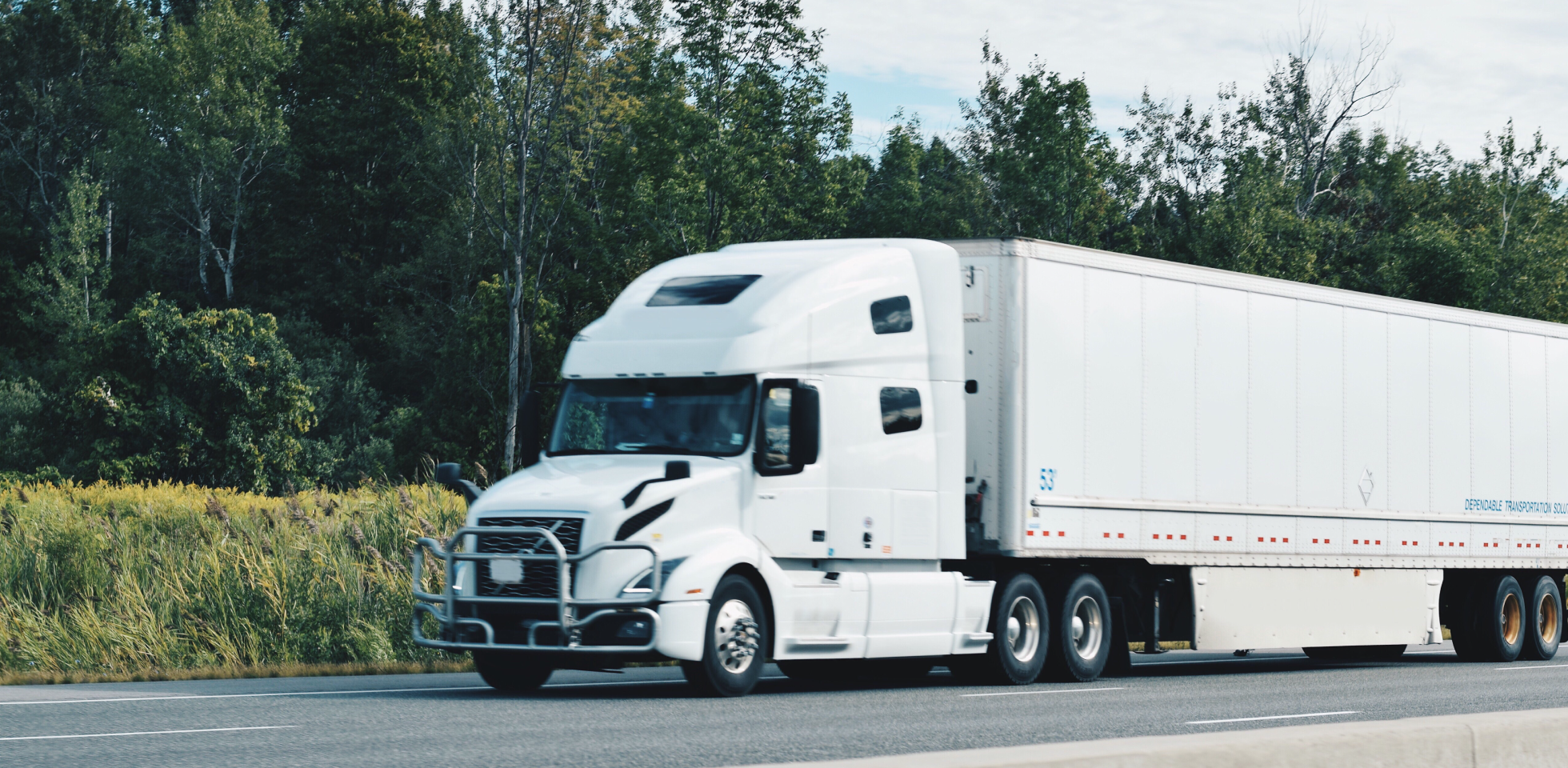The demand for essential articles has skyrocketed since the beginning of the pandemic. In view of this unprecedented situation, when the delivery of goods has become more rlevant than ever before, having safe transportation units with adequate maintenance is a real necessity.
Productivity, efficiency and the life cycle of each unit depend on vehicle maintenance. Thanks to maintenance, we avoid emergency repairs and unplanned downtime. Preventing issues in the units will always be cheaper than solving them as they occur.
Undoubtedly, maintenance is essential for managing a productive company; without it, we put the busines, and staff, at risk.
Vehicle Maintenance Plan
A maintenance plan consists of a series of scheduled activities, inspections and repairs aimed at preventing incidents and maximizing the availability of any fleet. This plan allows us to prevent breakdowns and substitute parts or components at the right time to guarantee the safety of drivers and cargoes.
To maximize the resources during maintenance we must define the components that will undergo inspection, the life cycle of these components, the work necessary to optimize their life cycle, and the periodicity of inspections.
The consequence for not carrying out a maintenance plan goes beyond safety: maybe the down time of the vehicle will affect the whole supply chain, or maybe the cold or heat source can breakdown, putting the integrity of cargo at risk. Likewise, it may affect through intangible costs such as our relationship with clients and our reputation.
Implementing the Plan
We need to follow these steps to implement a maintenance plan:
- Set inspection criteria:
To lower the cost of preventive maintenance, we need to set it according to use time, mileage, engine start hours, motor or fuel gallons; depending on the type of vehicle, model, and usage.
Likewise, we must consider the elements to be checked and replaced; for example, motor oil, oil filter, engine filter, braking system, tires, brake pads, discs, brake fluid, alignment and balancing, suspension and steering systems, cooling system, electric system, batteries, headlights, active and passive safety system, bodywork, windows, clutch, mirrors, and air conditioner.
- Define who carries out the maintenance
There are two ways in which we can carry out preventive maintenance: in-house or through a thrid party. In both scenarios, we must make sure that whoever will carry out the maintenance possesses the necessary knowledge and experience. If we choose to do it with a supplier, we must make sure they meet all the requirements and expectations.
Likewise, it is essential that the vehicle’s driver takes part in in the maintenance, inspecting the vehice before, during, and after each trip and notifying any potential issue.
- Set the periodicity of inspections
For maintenance to be successful, we must set and honor the inspection dates; therefore, it is convenient to shedule them and add notifications to let us know when we are nearing the date. Understanding when and for how long the unit will be stopped allows us to organize work and lower the cost of the downtime.
- Record the results
We must record that the maintenance has taken place and any isues that were fixed and the components that will soon need replacing. This helps in calculating future expenses.
- Update the plan
The plan must be adapted after each maintenance session, looking to avoid inefficiencies and downtime, maximize resources through improvements and save on operational costs.
Maintenance Management Indicators
The results of a maintenance plan should be measured to ensure each unit meets the requirements of its routes and clients and to guarantee the safety of drivers and goods. We can do this with the following KPIs (Key Performance Indicators):
- Fuel Usage (total gallons used or miles per gallon)
- Cost of preventive maintenance v cost of corrective maintenenace
- Cost of fleet management (cost of using each unit, frequency of use, and operational costs)
- Delivery time
- Way vehicles are driven
Maintenance Technology
Currenly, diverse Maintenance Management Software make it easier to plan because they set the inspection windows, keep track of the vehicles’ state, and offer alerts and notifications to let us know about upcoming inspections.
By monitoring each vehicle in detail, these tools can detect the deterioration of the vehicles’ components, even while working, which lets us check their state in real time and plan their inspection in advance.
These systems offer functions such as miles traveled, fuel usage, engine’s revolutions per minute, battery voltage, engine temperature, box temperature, door opening, and electrical failures.
In addition, these technological solutions make it easier to analyze our monitoring through analytics; in other words, they let us detect inefficiencies to lower logistics costs, such as bad driving habits.
It is much better to invest in preventive maintenance than to spend more money in corrective maintenance. Mecánica Tek, a business unit of Solistica specializing in vehicle maintenance, guarantees our clients’ vehicles run safely and profitably.






